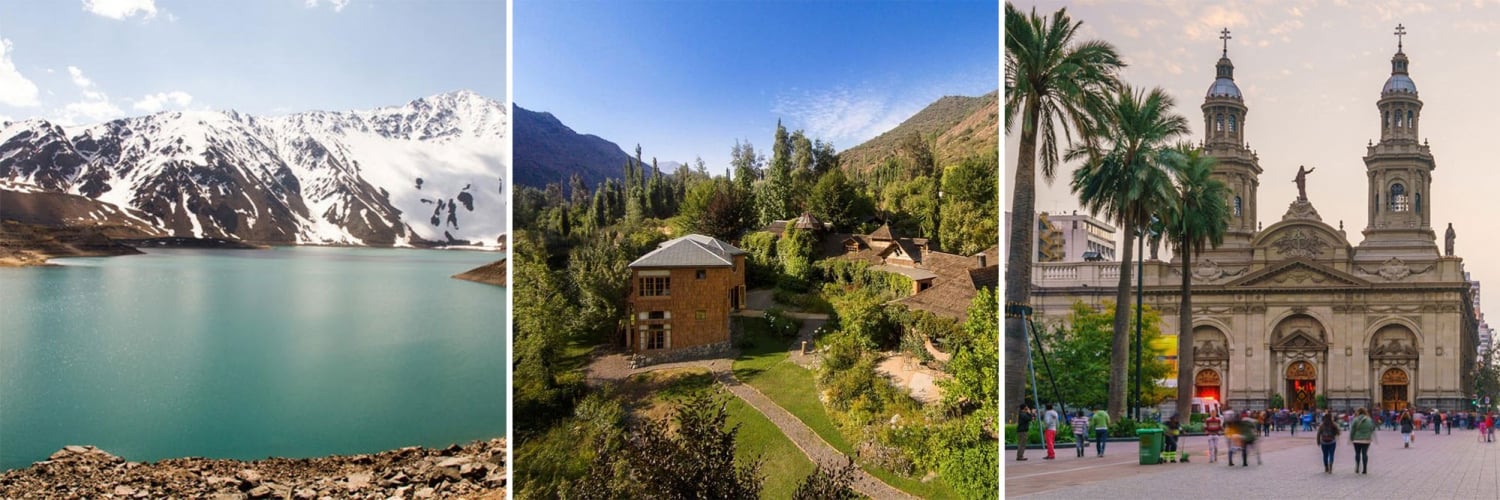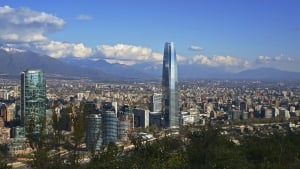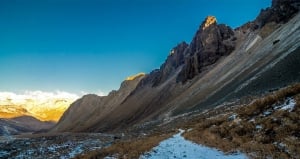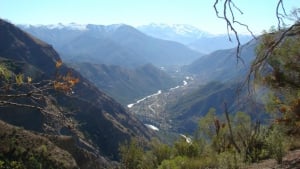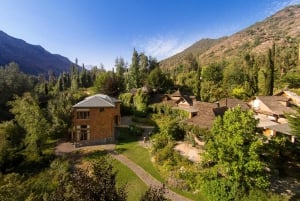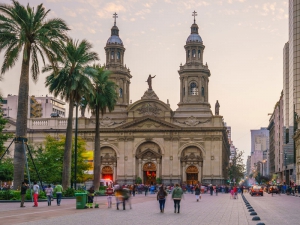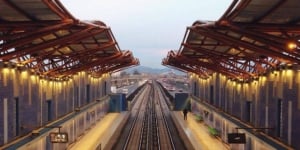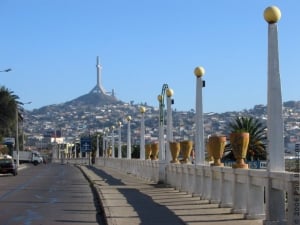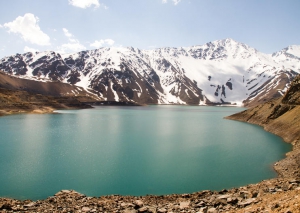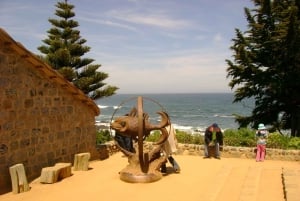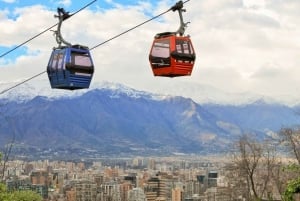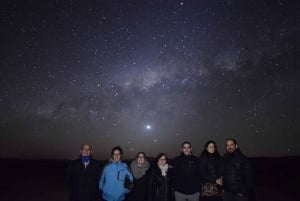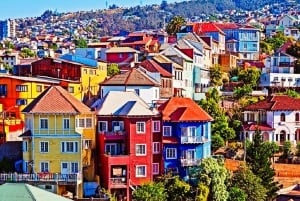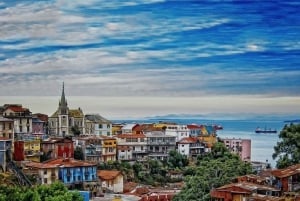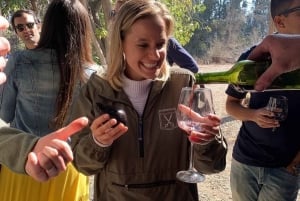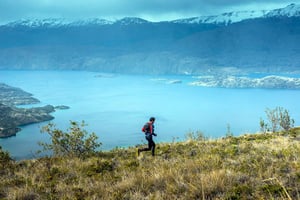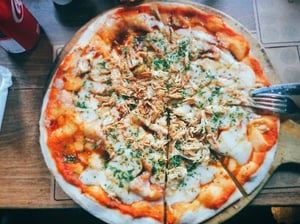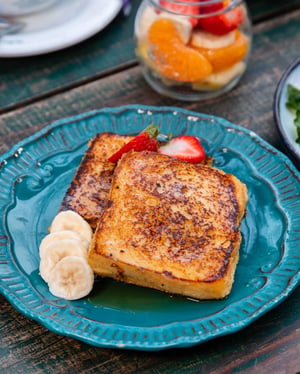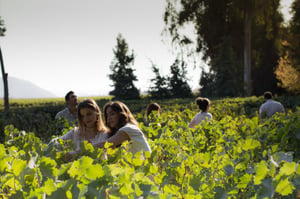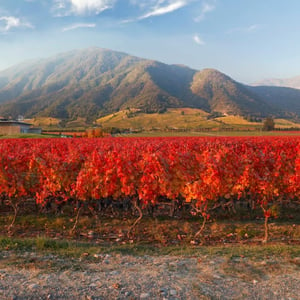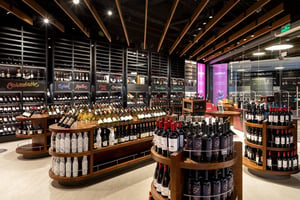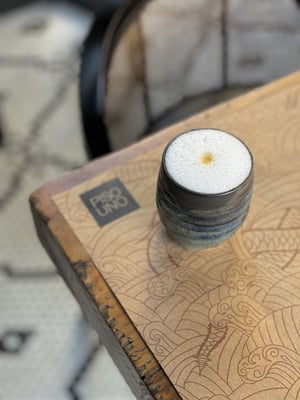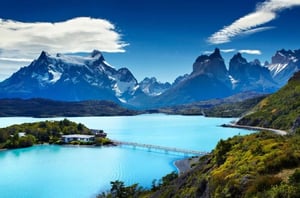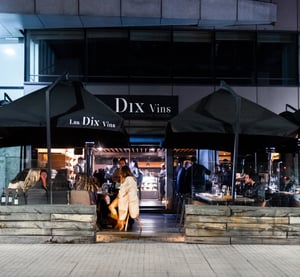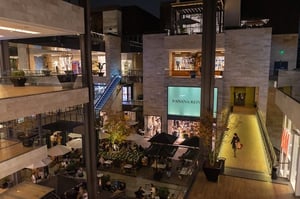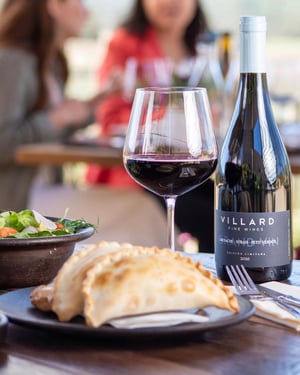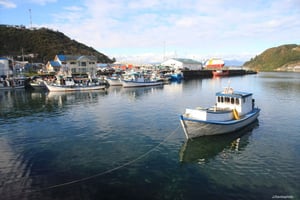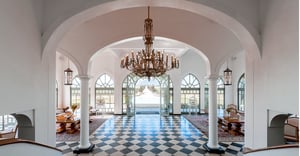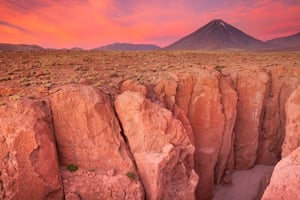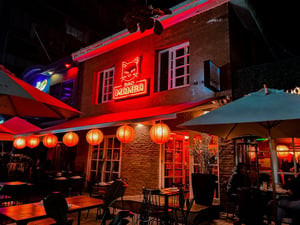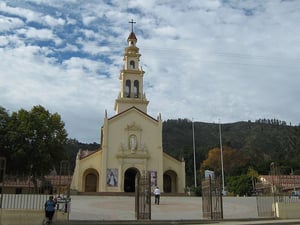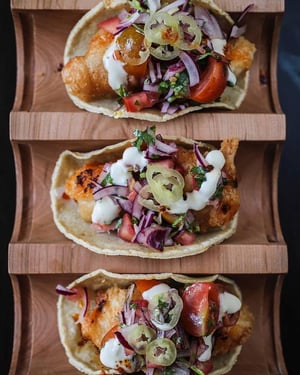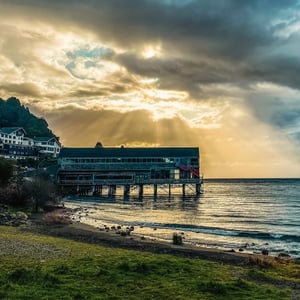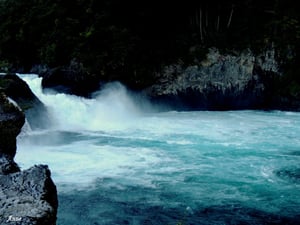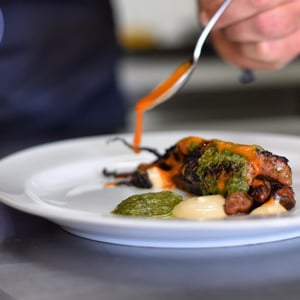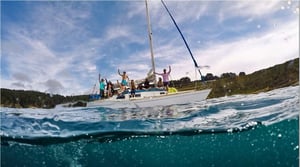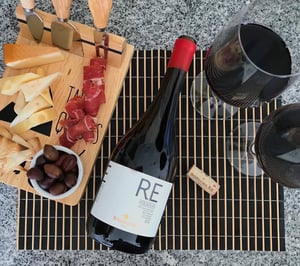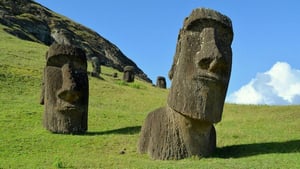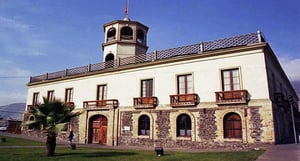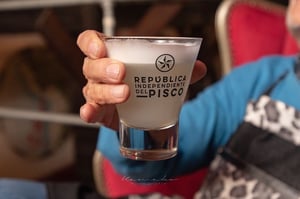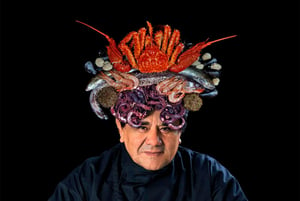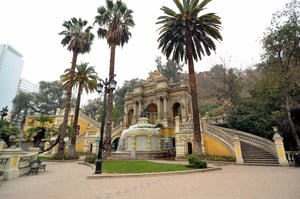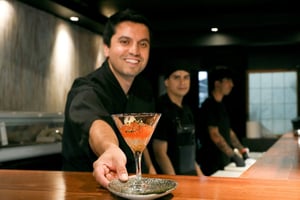Metropolitan of Santiago
Owners of a wide tourist offer rich in cultural, gastronomic and bohemian neighborhoods, still keep corners waiting to be explored
The focus of great art shows, it is the capital of business tourism
Region escorted by the impressive mountain range of the Andes and immersed between great hills that form the great valley of Santiago, the Metropolitan Region gathers a wide tourist offer and keeps corners that wait to be explored.
The vineyards of the Maipo Valley and Pirque decorate the flavors of the area with the sweetness of their wines, the adventure sport, and the connection with nature that can be experienced in the classic Cajon del Maipo with trekking, canopy, and rafting activities. Culture and heritage can be absorbed in the huge variety of museums found in Santiago and the areas of Pomaire and Melipilla.
The Cordillera is filled with snow in winter and becomes one of the main attractions for white sports enthusiasts. The bohemian can be felt in the many neighborhoods that have all the amenities to go to enjoy exquisite cuisine. And if big events are involved, Santiago has become one of the main focuses of Latin America to receive artistic shows such as the Lollapalooza Festival.
Province of Santiago Composed of 32 communes, the province of Santiago concentrates 78% of the regional population. According to data from the 2002 Census, the Province of Santiago had 4,728,443 inhabitants, of which 2,244,497 are men and 2,483,946 are women. The population density is the highest in the country with 2,304.83 hab / km².
The province is the only one that does not have a governor but a delegate, a responsibility that falls to Enrique Beltrán Navarrete. Cordillera Province It is located to the southeast of the Metropolitan Region, bordering Argentina. It is formed by the communes of Puente Alto, San José de Maipo and Pirque. Led by Governor Mireya Chocair Lahsen has an area of 5,506.9 km2 and has a population of 511,565 according to the 2002 Census, but it is estimated that this figure will currently exceed 700,000 inhabitants. The Provincial Capital in Puente Alto, a commune that occupies an area of 86.74 km2 of which 31.38 km2 (36.18%) corresponds to the territory occupied by the current urban sites. Today, it is the commune with the largest number of inhabitants in all of Chile (an estimated 650,000 inhabitants).
It is characterized as being a commune "bedroom" and services. For its part, San José de Maipo is the commune with the largest area of the Metropolitan Region, with 5,070 km2. It is located 52 km. from Santiago and is 967 meters. Tall. Its main productive impulse is tourism, although it also highlights crafts and mining. The area is known as Cajón del Maipo and its main route is the G-25 road that goes from the Las Vizcachas sector (25 km southeast of Santiago) to Lo Valdés which is 93 km away. from the capital and about 2,000 meters above sea level. Talagante Province Led by Andrés Llorente Elexpuru, this province is located towards the southwest of the center of the Metropolitan Region, being located in the middle of the valleys that go along the mountain range of the coast towards the central littoral.
With an area of 582 square kilometers and an estimated population of 217,449 inhabitants, this province according to the political and administrative division of Chile is composed of the municipalities of El Monte, Isla de Maipo, Padre Hurtado, Peñaflor, and Talagante, the latter being the capital of the province and the one that gives name to all this extensive rural-urban territory of the Metropolitan Region. Province of Maipo It is the southern access to the Metropolitan Region and is composed of the communes of San Bernardo, Calera de Tango, Buin, and Paine. It has 378,444 inhabitants, with a density of 338 inhabitants / km². Its capital is the commune of San Bernardo with 246,762 inhabitants.
This Province is divided by the Maipo River and the North-South Highway, also limiting with the Provinces of Cordillera, Santiago, Talagante, Melipilla, and Cachapoal and its governor is María José Puigrredón Figueroa. Among the attractions of the area is Cerro Chena, a recreational park in the southern part of the Region. The Altos de Cantillana biodiversity reserve in the Paine commune with 205 thousand hectares. Aculeo Lagoon and El Patagual Park, both very visited by tourists because of their proximity and beautiful landscapes.
The provincial capital is the city of Colina. In this province, there are two realities, on the one hand, a high percentage of the population living in rural conditions, with a strong boost of agricultural activity and a strong natural wealth. The other urban, which is characterized by significant industrial and real estate development. In the tourist area, what is linked to the exploitation of local and traditional products stands out, as well as the extraction of limestone and aggregates are important economic activities in this commune, which is also known for its abundant production of prickly pear and olive trees. Melipilla Governorate Javier Ramírez González is the governor of Melipilla, one of the provinces of the Metropolitan Region with the largest rural area. It has 141,800 inhabitants, of which 42.8% belong to the rural area.
It is composed of five communes, Alhué, Curacaví, María Pinto, Melipilla, and San Pedro, which occupy a total territorial area equivalent to 26% of the territory of the entire Region. This province has high interregional road connectivity, with access roads such as Route 68, Route 78, Fruit Road, which connect the valleys of Curacaví, Casablanca, and Rapel, which affects the development of the agricultural export sector. Among the main attractions of the province are Pomaire, the capital of crafts and one of the main loceros centers of the country.
The center of the city offers visitors a wide and varied architectural heritage, famous are its churches and cloisters, the Puente Ingeniero Marambio among other constructions. It highlights the natural environment and its proximity to the Maipo River. In Melipilla the visitor can participate in the Cheese Route that is part of a great tourist and gastronomic offer and visit the rural areas of the commune. In the urban area, there is an important commercial and service presence, a mall, large stores, and supermarket chains that coexist with traditional stores in the city.
Local Tips:


